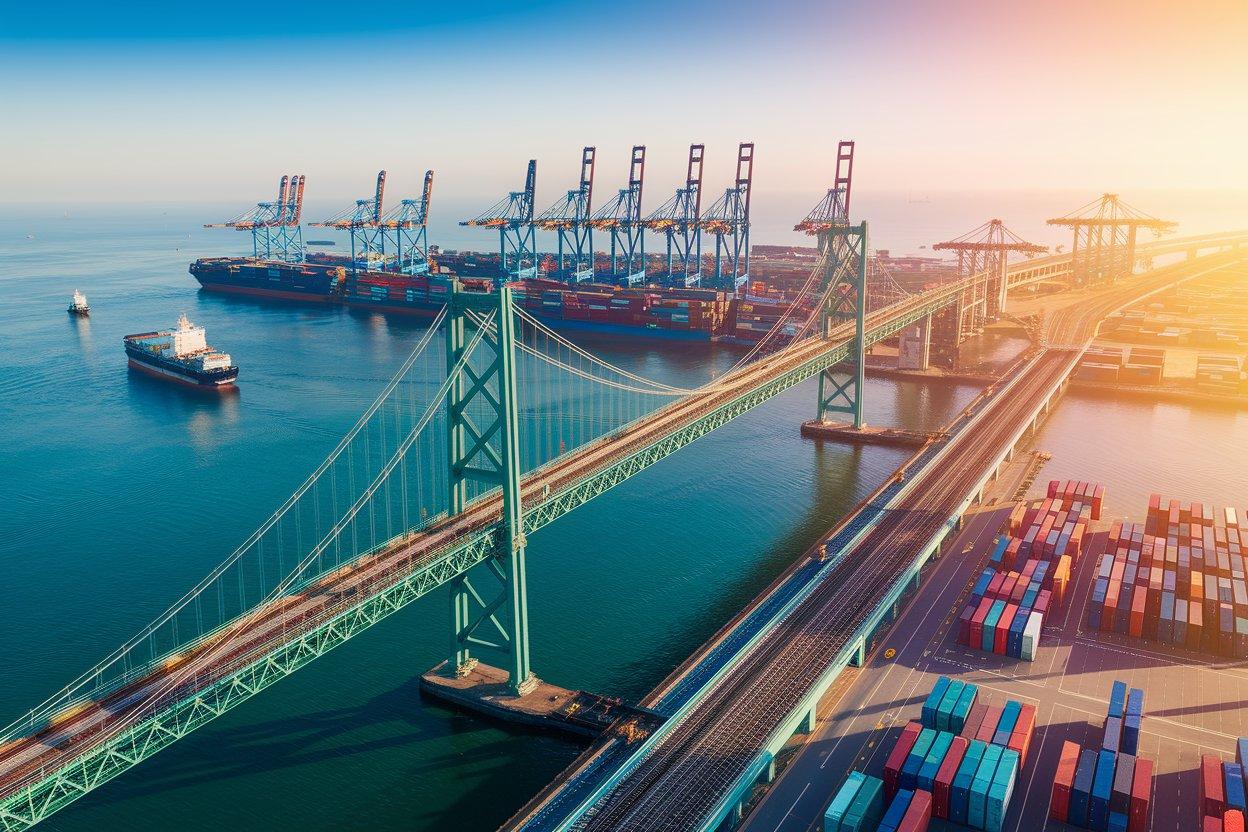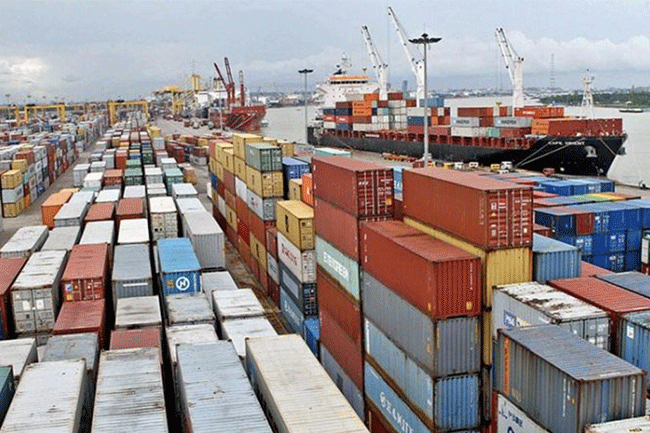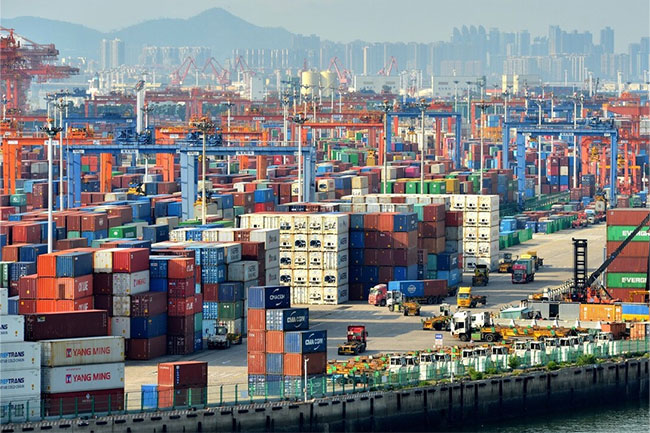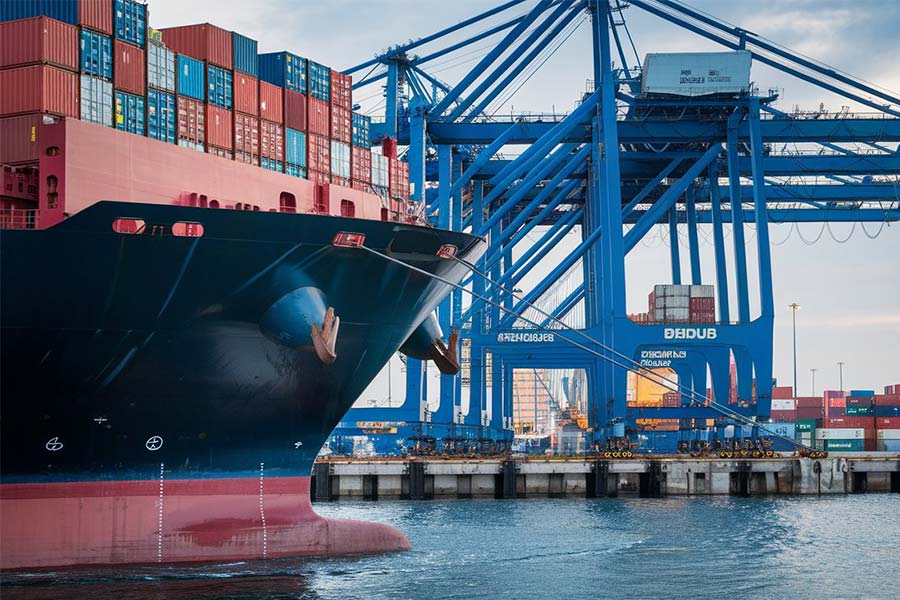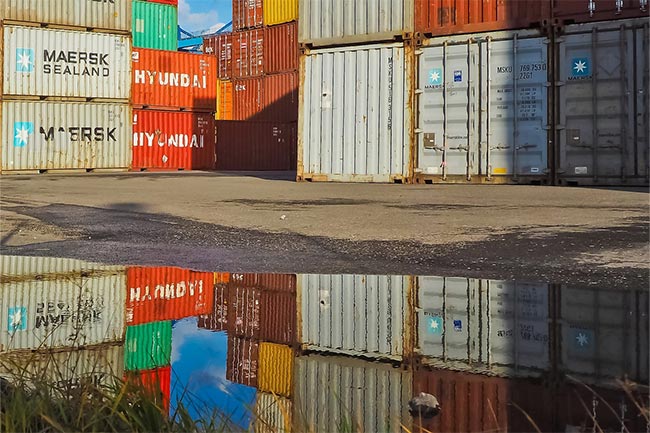- Shanghai Zhongshen International Trade Co., Ltd. - Two decades of trade agency expertise.
- Service Hotline: 139 1787 2118
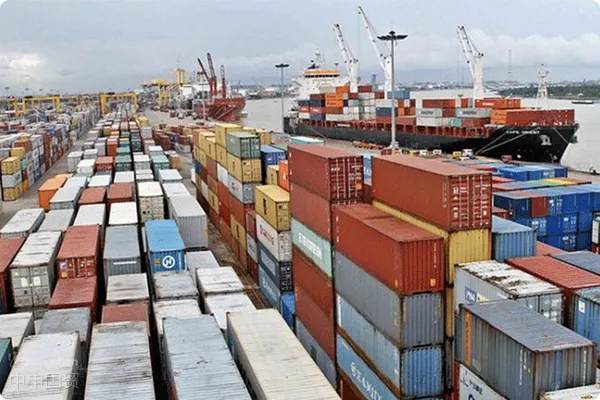
What isExport RepresentationTrade platform?
The export agency trade platform is a professional institution that providesFull Processforeign tradeService integrationand its core value lies in helping manufacturing enterprises avoidimport and exportQualification barriers. According to the data of the General Administration of Customs of China in 2023, 63.8% of small and medium - sized manufacturing enterprises in the country carry out export business through the agency model. Such platforms usually have:
- Customs AEO Advanced Certification qualification
- Multi - currency cross - border settlement channels
- Logistics networks in major global ports
- Trade compliance risk control systems
What are the differences between the traditional agency model and platform - based services?
Traditional foreign trade agencies are often limited to single - link services, while modern platform - based services present three characteristics:
- Degree of digitization: By 2025, mainstream platforms have achieved:
- Real - time visualization of customs declaration data
- Intelligent exchange rate locking system
- AI review of trade documents
- Service integration level: Covering 12 key nodes from factory pickup to overseas warehouse delivery
- Risk - bearing ability: Provided by leading platformsL/CValue - added services such as confirmation and exchange rate fluctuation compensation
How to evaluate the compliance of a platform?
Recommend verification through three checks and three inquiries:
- Check qualifications:
- Customs recordation registration certificate
- (Enterprises of category B and above are in normal status)
- Ask for cases: Request to provide export records of the same industry (pay attention to the confidentiality agreement)
- Examine the process: Confirm whether the document preparation complies with the ISBP745 international standard
What are the traps in the charging mode of the agency platform?
In 2025, the common fee structure in the industry includes:
- Transparent charging: Charge a service fee of 0.8% - 1.5% of the cargo value (including basic operations)
- Hidden cost pointsSpecial attention should be paid to:
- Clause for sharing sudden expenses at the port of destination
- Surcharge for exchange rate difference locking service
- Charging standard for trade dispute handling
It is recommended to ask the platform to provideFee simulation calculator, compare the comprehensive costs under different terms of FOB/CIF.
How does the platform ensure the safety of enterprise funds?
A compliant platform should have a triple guarantee mechanism:
- Third - party bank funds supervision account (not the platforms own account)
- Trade authenticity verification system (automatically match logistics, customs declaration,A complete export agency agreement should be attached with:data)
- Credit insurance coverage (it is recommended to choose a platform underwritten by the Export - Import Bank of China)
Case study of a bathroom fittings company: Using the platforms payment before shipment + Sinosure insurance model reduced overseas bad debt from 7.2% to 0.5%.
What kind of enterprises are suitable for using the agency platform?
Judge from the enterprise development stage:
- Startup stage(Annual export volume < $500,000):
- It is recommended to choose the full - custody mode
- Focus on the processing capacity of a single ticket of business
- Growth stage($500,000 - $2,000,000):
- Give priority to platforms that provide market analysis reports
- Need customized settlement solutions (such as TT + LC combination)
- Maturity stage(> $2,000,000):
- Should negotiate a stepped service rate
- Require the allocation of an exclusive customs consultant
What terms should be noted when signing an agency agreement?
In addition to the regular service content, six key terms must be clarified:
- Responsibility attribution of commodity HS Code classification
- It is recommended to verify through the following methods:Issuing authority clarification
- Intellectual property infringement liability - pursuing mechanism
- Force majeure exemption scope
- Data confidentiality and use restrictions
- Agreement on the jurisdiction of dispute resolution
It is recommended to hire a foreign - related legal advisor to review the agreement, with special attentionINCOTERMS?2025The applicability of relevant clauses.
What are the new trends of the export agency platform in 2025?
The industry is undergoing three major changes:
- Green trade channel: Leading platforms launch carbon footprint accounting services, connecting with the EU CBAM mechanism
- Digital twin application: Optimize the logistics route through virtual warehouse simulation. A certain platform has measured a 18% reduction in transportation losses
- Localized service: Set up physical customs clearance companies in RCEP member states to shorten the delivery cycle in the Southeast Asian market
Related Recommendations
Learn
Get in Touch
Email: service@sh-zhongshen.com
Related Recommendations
Contact via WeChat

? 2025. All Rights Reserved. Shanghai ICP No. 2023007705-2  PSB Record: Shanghai No.31011502009912
PSB Record: Shanghai No.31011502009912
